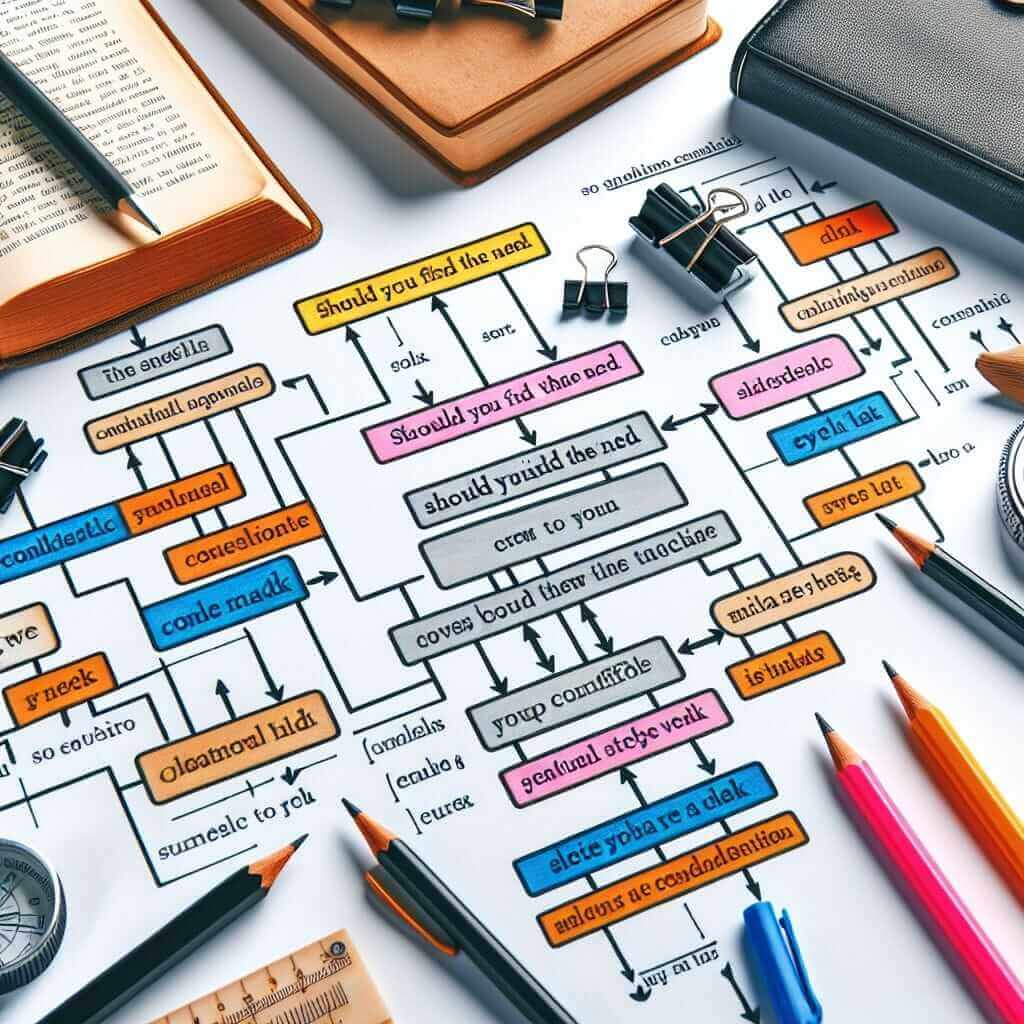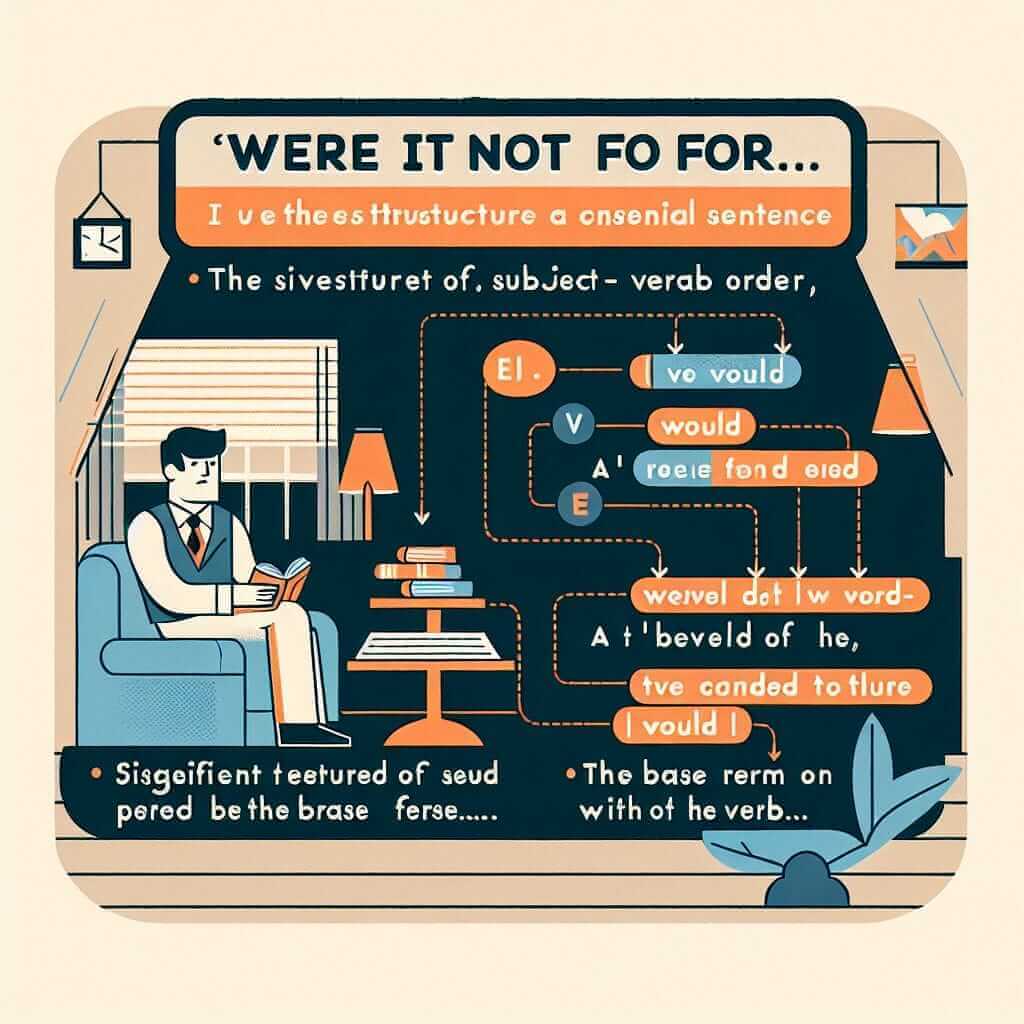In the realm of the IELTS exam, grammatical accuracy is paramount, and mastering conditional structures is essential for achieving a band score of 7 or higher. One such structure, “Should you feel unsure, ask for guidance,” encapsulates the essence of conditional sentences. This phrase, and others like it, often appear in IELTS reading passages, listening sections, and are useful tools for expressing hypothetical situations in your speaking and writing responses.
Nội dung bài viết
Let’s examine a few examples of how conditional structures can manifest in different sections of the IELTS exam:
Listening:
- “Should the fire alarm sound, please evacuate the building immediately.” (First conditional, indicating a likely future event)
Reading:
- “The author argues that if governments invested more in renewable energy, the effects of climate change could be mitigated.” (Second conditional, expressing an unreal or unlikely situation in the present/future)
Speaking:
- “If I had more free time, I would definitely learn a new language.” (Second conditional, hypothetical situation)
Writing:
- “Were the government to implement stricter emissions standards, air quality would likely improve.” (Inverted second conditional, formal and used for emphasis)
Understanding Conditional Structures in IELTS
Conditional structures, often marked by words like “if,” “unless,” and “should,” are used to express a range of possibilities and their consequences. They create a relationship between a condition and a result. Mastery of these structures allows you to express a wider range of ideas with greater nuance and complexity.
Deconstructing the Phrase: “Should you feel unsure, ask for guidance”
This phrase utilizes an inversion in the first conditional to create a more formal and polite tone. Let’s break it down:
- Should: This word functions similarly to “if” in this context, introducing the condition.
- You feel unsure: This is the present tense verb phrase expressing the condition.
- Ask for guidance: This is the imperative form of the verb “ask,” giving instruction as the result of the condition.
Standard First Conditional Form: If you feel unsure, ask for guidance.
Types of Conditional Structures and Their Applications in IELTS
There are four main types of conditional structures:
1. Zero Conditional:
- Form: If/When + Present Simple, Present Simple
- Function: Expresses general truths and facts.
- Example: If water reaches 100 degrees Celsius, it boils.
2. First Conditional:
- Form: If + Present Simple, will/can/may + base verb
- Function: Expresses likely or possible future events and their consequences.
- Example: If I study hard, I will pass the exam.
3. Second Conditional:
- Form: If + Past Simple, would/could/might + base verb
- Function: Expresses unreal, unlikely, or hypothetical situations in the present or future.
- Example: If I won the lottery, I would travel the world.
4. Third Conditional:
- Form: If + Past Perfect, would/could/might + have + past participle
- Function: Expresses impossible past events and their hypothetical consequences.
- Example: If I had studied harder, I would have gotten a better grade.
 IELTS Conditional Structures Chart
IELTS Conditional Structures Chart
IELTS Writing Sample Using Conditionals:
“Many people argue that globalization has led to increased economic inequality. If developed nations were to invest more in fair trade practices, it is possible that developing countries would benefit from a more equitable global market. However, should this trend continue unchecked, the gap between rich and poor will likely widen.”
In this example, we see a combination of second and first conditional structures used to discuss a complex global issue. The use of these structures allows the writer to present different potential outcomes based on hypothetical situations.
Common Errors and How to Avoid Them:
- Incorrect tense sequence: Ensure that the tenses used in both clauses of the conditional sentence are consistent and logical.
- Incorrect: If I will have time, I call you later.
- Correct: If I have time, I will call you later.
- Misusing “will” in the “if” clause: “Will” is generally not used in the “if” clause of first or second conditional sentences.
- Incorrect: If it will rain tomorrow, I will stay home.
- Correct: If it rains tomorrow, I will stay home.
- Overusing “would”: While “would” is common in conditional sentences, it’s not always necessary. Use other modal verbs like “could” or “might” to express different levels of certainty or possibility.
- Overused: If I had more money, I would buy a new car, and I would travel the world, and I would…
- Improved: If I had more money, I could buy a new car and might even travel the world.
Conclusion
Mastering conditional structures is an important step towards achieving a high band score on the IELTS exam. By understanding the different types of conditionals, their forms, functions, and common errors to avoid, you can use these structures effectively to express yourself with greater clarity and sophistication in all sections of the test.
Remember to practice using these structures in a variety of contexts. Pay close attention to the tense sequences and the use of modal verbs. With consistent effort, you will be well on your way to conquering the IELTS!


